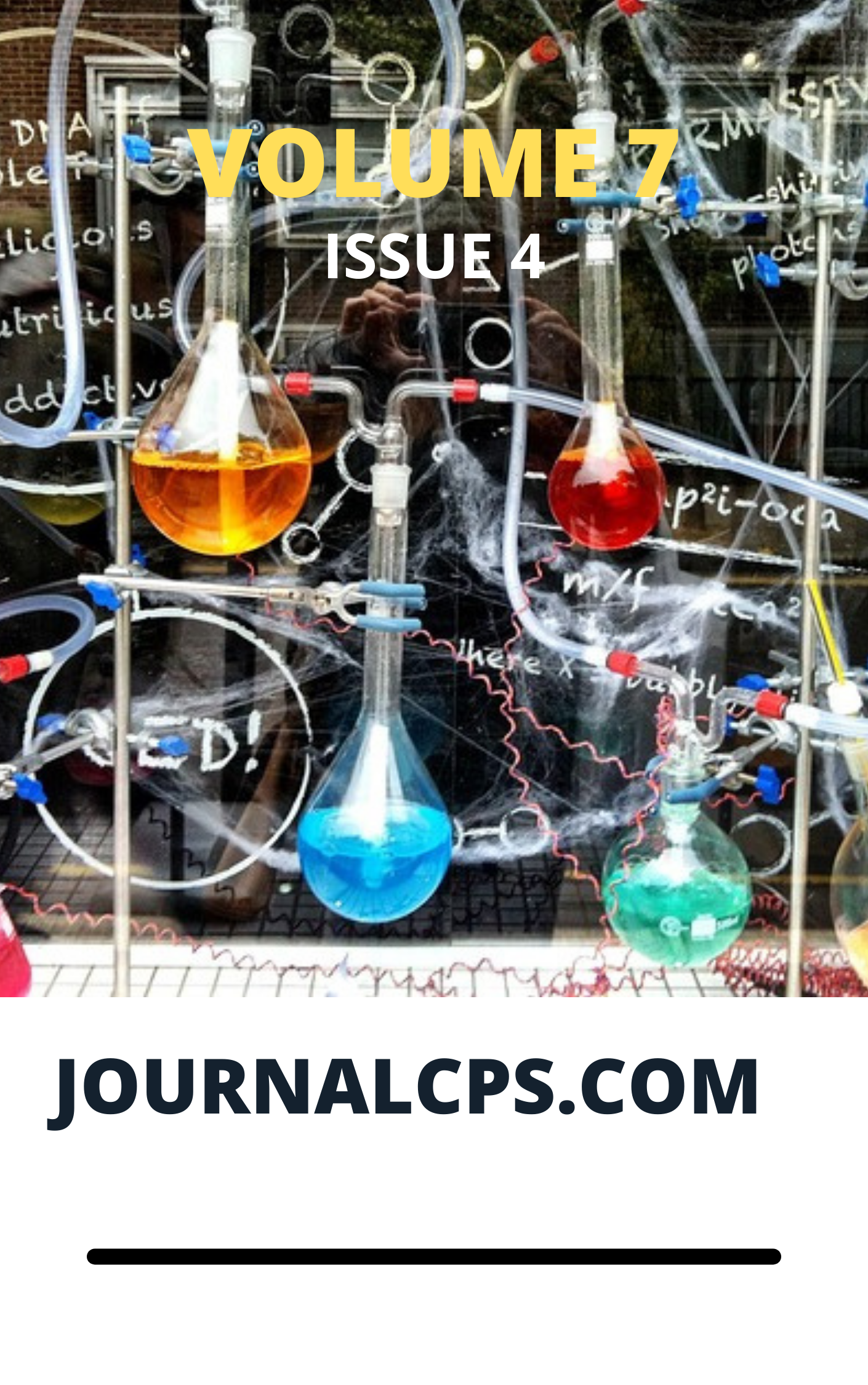Integrating Artificial Intelligence with Assistive Technology to Expand Educational Access through Speech to Text, Eye Tracking and Augmented Reality
Keywords:
artificial intelligence, assistive technology, speech-to-text, eye-tracking, inclusive education, curriculum integration, educational AI, universal design for learningAbstract
This study investigates the integration of artificial intellig3ence-powered assistive technologies (speech-to-text, eye-tracking, and augmented reality) within educational curricula to enhance accessibility for students with diverse learning needs and physical disabilities. Through a mixed-methods approach involving 240 students across 12 educational institutions, we implemented and evaluated an AI-driven assistive technology framework that adapts to individual learner profiles and provides real-time accessibility support. Results demonstrate significant improvements in learning outcomes (Cohen’s d = 1.23), student engagement (78% increase), and curriculum accessibility (92% of previously inaccessible content became accessible). The integrated AI system successfully personalized assistive interventions, reducing cognitive load by 34% and improving task completion rates by 56% among students with disabilities. These findings provide evidence for the transformative potential of AI-integrated assistive technologies in creating truly inclusive educational environments and offer a scalable framework for institutional implementation.
Downloads
Published
Issue
Section
Similar Articles
- David Adetunji Ademilua, Cloud Security in the Era of Big Data and IoT: A Review of Emerging Risks and Protective Technologies , Communication In Physical Sciences: Vol. 7 No. 4 (2021): VOLUME 7 ISSUE 4
- Abidemi Emmanuel Adeniji, Ayotunde Abel Ajayi, Abiodun Isiaka Egunjobi, Kayode Stephen Ojo, Difference Synchronization of Fractional Order Chaotic Systems Via Active Control , Communication In Physical Sciences: Vol. 11 No. 3 (2024): VOLUME 11 ISSUE 3
- Ayomide Ayomikun Ajiboye, Investigating the Role of Machine Learning Algorithms in Customer Segmentation , Communication In Physical Sciences: Vol. 12 No. 2 (2025): VOLUME 12 ISSUE 2
- Dahunsi Samuel Adeyemi, Effectiveness of Machine Learning Models in Intrusion Detection Systems: A Systematic Review , Communication In Physical Sciences: Vol. 11 No. 4 (2024): VOLUME 11 ISSUE 4
- Ikenna Duruanyim, Emmanuel Victory Enyinnaya, Ifiok Dominic Ufia, Okoi Ina (Jnr.) Utum, Ayinya Johnathan Attah, Assessment of Resistance of Selected Nigerian Wood Species Treated with Rocket Fungicide and Mimosa pudica Linn. extracts against fungal infestation. , Communication In Physical Sciences: Vol. 12 No. 4 (2025): VOLUME1 2 ISSUE 4
- Yunusa Idris, Effect of Reciprocal Constructivist Instructional Approach on Middle Basic Science Students’ Academic Achievement of Kaduna Education Zone, Kaduna State , Communication In Physical Sciences: Vol. 8 No. 2 (2022): VOLUME 8 ISSUE 2
- Abdullahi Lawal, Musa Bello, Ahmed Musa Kona, Quasi-particle band structure and optical properties of Perylene Crystal for Solar Cell Application: A G0W0 Calculations , Communication In Physical Sciences: Vol. 8 No. 2 (2022): VOLUME 8 ISSUE 2
- Joy Nnenna Okolo, A Review of Machine and Deep Learning Approaches for Enhancing Cybersecurity and Privacy in the Internet of Devices , Communication In Physical Sciences: Vol. 9 No. 4 (2023): VOLUME 9 ISSUE 4
- Nsikan Ime Obot, Busola Olugbon, Ibifubara Humprey, Ridwanulahi Abidemi Akeem, Equatorial All-Sky Downward Longwave Radiation Modelling , Communication In Physical Sciences: Vol. 9 No. 2 (2023): VOLUME 9 ISSUE 2
- Sirajo Ibrahim, Yunusa Idris, Effect of Using Fabricated Motor Generator Device in Teaching Energy Concepts on Basic Science Students’ Achievement of Zamfara Central Education Zone , Communication In Physical Sciences: Vol. 10 No. 3 (2023): VOLUME 10 ISSUE 3 (2023-2024)
You may also start an advanced similarity search for this article.




